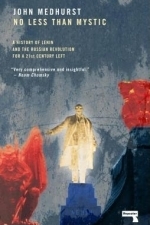
English Spanish Dictionary
Reference and Education
App
WORKS OFFLINE. By far, the largest Spanish to English and English to Spanish Dictionary App at any...

English Spanish Dictionary G.
Reference and Education
App
WORKS OFFLINE With over 718,000 entries, 524,000 translations, 558,000 synonyms, 98,000 definitions...
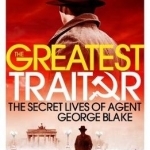
The Greatest Traitor: The Secret Lives of Agent George Blake
Book
'Sober, accurate and all the more thrilling for it. The best thing on Blake that we are likely to...
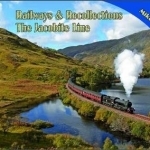
Railways & Recollections
Book
The 42 mile long line between Fort William and Mallaig is one of the greatest railway journeys in...
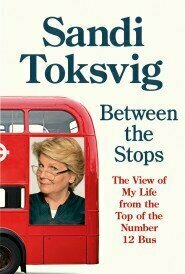
Between the Stops: The View of My Life from the Top of the Number 12 Bus
Book
This long-awaited memoir from one of Britain's best-loved celebrities - a writer, broadcaster,...
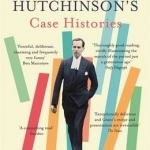
Jeremy Hutchinson's Case Histories: From Lady Chatterley's Lover to Howard Marks
Book
Read an extract here THE SUNDAY TIMES BESTSELLER 'Thomas Grant has brought together...

English <-> Russian Talking Academical Dictionary
Reference and Education
App
Big Academic English-Russian-English Dictionary presented in a program of "XXI Century Dictionaries"...

Queen Elizabeth II: Her Life in Our Times
Book
From Sarah Bradford, the best-selling author of George VI, Elizabeth and Diana, the definitive...
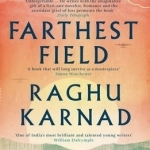
Farthest Field: An Indian Story of the Second World War
Book
Described as 'a masterpiece' by critics, this remarkable book tells the story of war through the...
Hazel (1853 KP) rated No More Than Mystic in Books
Sep 23, 2017
No Less Than Mystic: A Story of Lenin and the Russian Revolution for a 21st Century Left by John Medhurst is an in-depth historical and political insight to the truth about what really happened in Russia before, during and after the Bolshevik insurrection of October 1917. Beginning with the end of the Tsars rule and ending with Stalinism, Medhurst unearths the fact from the fiction, challenging the information the world has been led to believe.
As mentioned in Medhurst lengthy introduction, previous books on the subject are often biased and inaccurate. Swayed by political beliefs, authors and historians often pass judgement by using the information they have chosen to believe, dismissing anything that goes against their viewpoint. In this book, Medhurst filters through these false histories, preferring to cite from publications written at the time rather than those penned by people who did not witness the events between 1903 and 1921.
Medhurst’s narrative is more political than historical, often going off on tangents. In order to for the reader to obtain some sort of connection with the events described, the author contrasts them with more recent occurrences that readers may have observed or at least understand. These include the British miner’s strike, feminist movements, the Greek economy and a variety of other capitalist struggles.
The Russian revolution is a complex affair that cannot easily be condensed. As a result, No More Than Mystic exceeds 600 pages and covers every event, no matter how big or small, that contributed to the rise of USSR. Russia was a dangerous place to live during the 20th century, particularly when Leninism spiralled into Stalinism. However, Leninism was not all the history books make it out to be.
During GCSE History, one teacher led his class to believe that Lenin was good and Stalin was bad, however, the reality was much more complicated than that. Lenin was not the good guy that many painted him to be. Thousands died as a result of his policies from both execution and starvation. Yet, at the same time, Medhurst tries to point out the reasoning behind the ideas of the communist rulers, refusing to give a personal opinion without laying bare both sides of the argument.
Although this book is accurate and educational, it is not the easiest to sit down and read. Extensive chapters full of mind-numbing information detract from the comprehensive insightfulness of the content. Notwithstanding the fact that the inclusion of contrasting capitalist examples helps the reader to establish some form of familiar ground, the sudden changes in topic, location and time period are often confusing and hard to follow.
No Less Than Mystic is for the intellectual person with a great interest in 20th-century Russian history and communist affairs. Without any prior education on the topic, this book will not mean anything. It attempts to challenge the ingrained beliefs people have about what happened during the Bolshevik insurrection. Those who do not know anything will not benefit from the confronting enlightenment.
In all, No Less Than Mystic is a well-researched academic text that brings a fresh history of Lenin and the Russian Revolution. Those who want an unbiased truth need to read this book and be sceptical about any other on the topic. In order to form opinions, one must know the facts.
